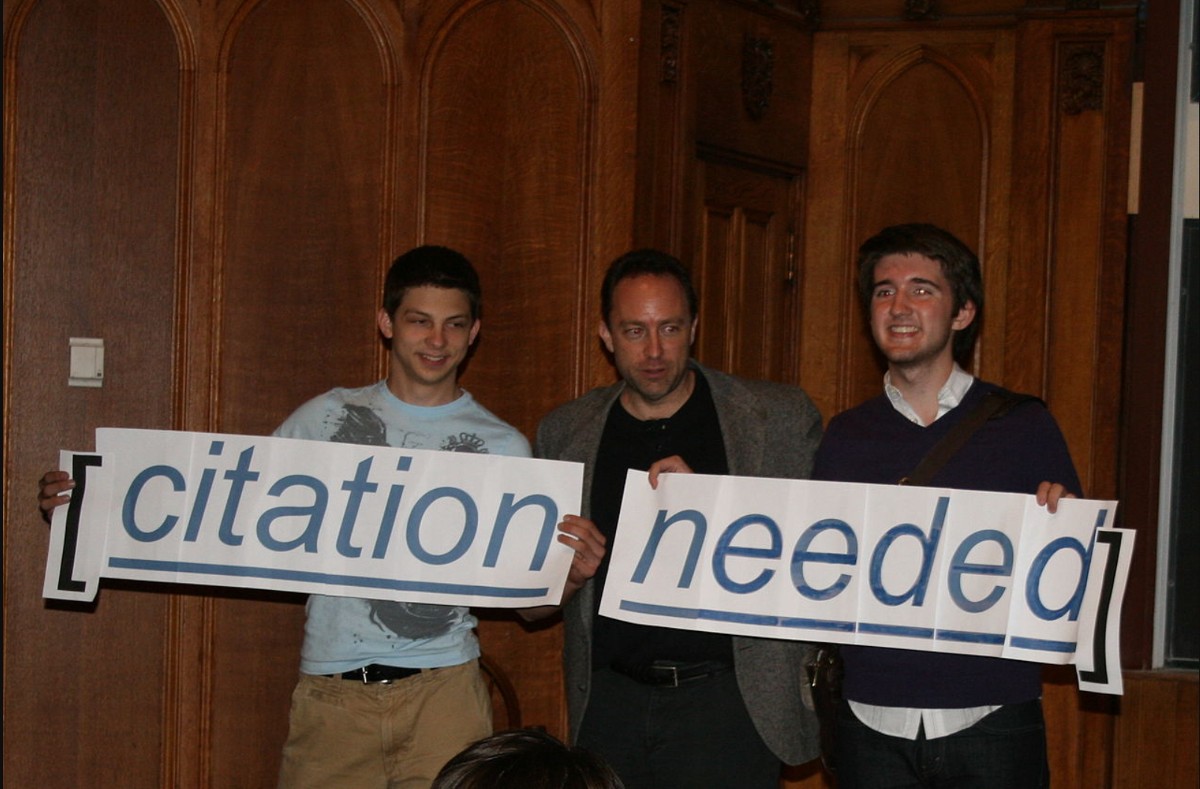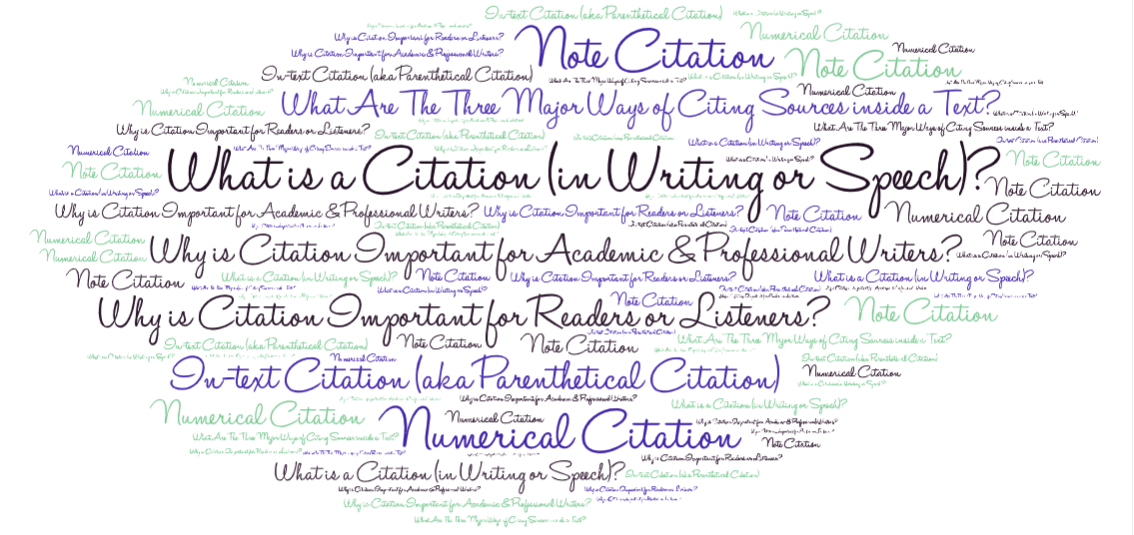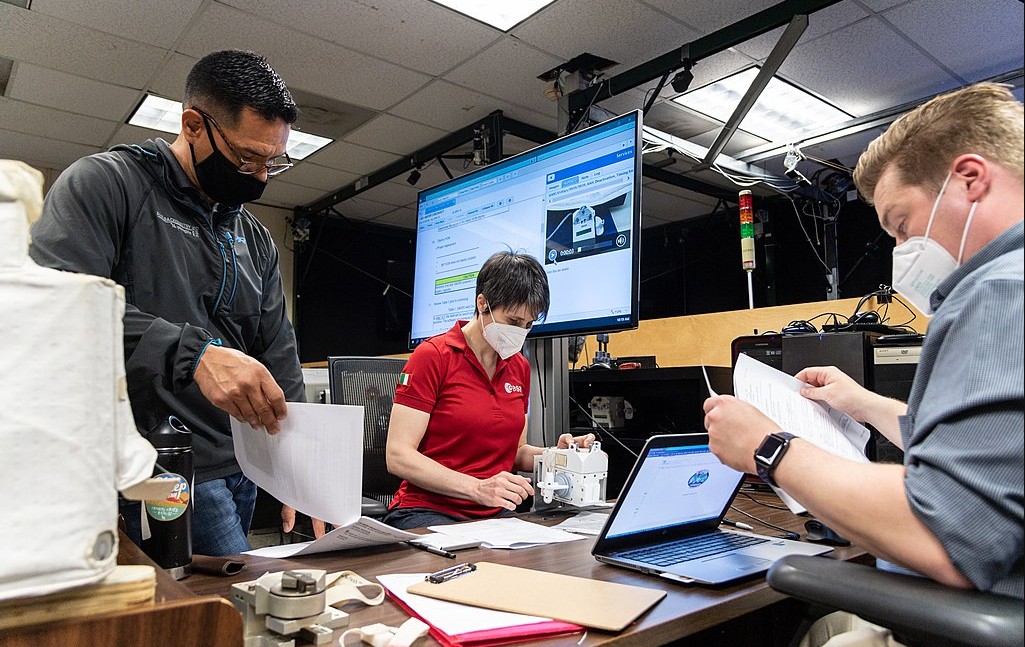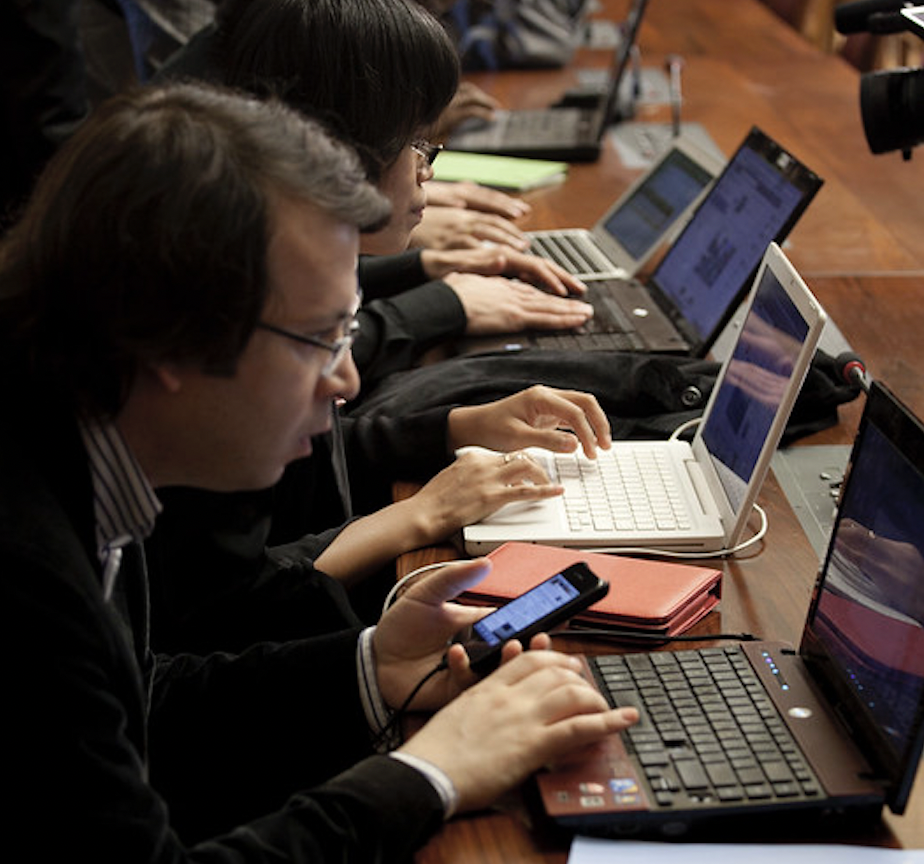Search Results for: hermeneutics
AI-Assisted Writing and Critical AI Literacy
"Composing with AI" refers to the practice of writers using generative artificial intelligence (GAI) tools such as ChatGPT to facilitate their composing processes, including including prewriting, inventing, drafting, collaborating, researching, planning, organizing, designing, rereading, revising, editing, proofreading, sharing or publishing. This practice, sometimes termed "AI-assisted writing" or "human-machine writing," is becoming increasingly more commonplace in school and workplace writing. Surveys indicate that a substantial majority of students and professionals are adopting AI tools to enhance their writing and productivity. A 2024 survey by the Digital Education Council reported that 86% of students use AI for academic purposes, while Microsoft's and LinkedIn's (2024) Microsoft's 2024 Work Trend Index found that 75% of knowledge workers now use AI, nearly doubling in the past six months. In response to these sudden changes to composing processes, educators worry students may offload critical thinking and the development of their ability to write to machines. Rather than dialoging with the tools and engaging in multiple iterations to develop a text that reflects their voice, intentions, and the needs and expectations of the audiences they are addressing, educators worry students will simply download the machine-authored texts and present it as their own work. This could lead to a degradation of authentic learning and the erosion of personal accountability in academic or professional work. In response to these concerns, the MLA-CCCC Joint Task Force on Writing and AI argues (2024) teachers "have a special responsibility to teach students how to use AI critically and effectively in academic situations and across their literate lives." Consequently, the articles in this section of the encyclopedia -- i.e., "Composing with AI" -- explore the question, "How can writers compose with GAI in ethical ways that uphold academic integrity, expedite composing processes, and improve the quality of reasoning and written communication?" To address this question, articles are organized into four topics: AI Pedagogy, Research on AI-Assisted Writing, Resources, and Theory – Exploring Ethics, Power, and Agency in AI-Assisted Writing.
How to Effectively Share Your Research Findings
This is the final creative challenge that undergraduate students complete for Research Methods in Professional and Technical Communication. For this assignment, students report on the research they promised to conduct in the fourth creative challenge -- the research proposal. There are three major deliverables for this project: (1) a report on their research findings in a genre that is appropriate for their audience, research question, and topic; (2) a presentation to their peers on their research results; (3) a reflection on how their study contributes to ongoing conversations in the methodological community they are addressing and how they used AI to manage the research process and prepare results.
How to Critique Research Questions, Reviews, and Citations
This assignment is the second creative challenge that students complete for Research Methods in Professional and Technical Communication. an undergraduate course. Research communities — such as scholars, creatives, or empiricists — develop different ways of conducting research because they face different problems and goals — and because they hold different epistemological assumptions about what knowledge is and how to test the authority of knowledge claims. As a result, different methodological communities have unique and disparate ways of framing research questions, literature reviews, and citations. The body of their works -- their research genres -- are different from one another. They have distinct voices, personas, perspectives, and point of views. For instance, scientists avoid the first person and subjective impressions as they embrace the tenets of positivism and engage in objective experiments. In contrast, scholars are more likely to use first-person and subjectivite arguments as they embrace hermeneutics and dialogism and debate canonical texts and scholarly conversations. However, scholars and researchers across methodological communities also share ethical practices, information literacy perspectives, rhetorical appeals, and discourse conventions. Thus, this creative challenge analyzes the shared and disparate practices of of scholars, designers/creatives, and empiricists (i.e., qualitative, quantitative, and mixed-methods researchers). Students engage in rhetorical analysis, textual analysis, and citation analysis to critique three published research studies in one PTC journal. Subsequently, based on their analysis and research notes, students reflect on the epistemologies and discourse conventions that seem to guide the scholarly community represented in the PTC journal they analyzed.
Key Terms, Concepts, and Research Methods in Professional and Technical Communication
This is the first creative challenge that students complete for Research Methods in Professional and Technical Communication, an undergraduate writing course. The goal of this challenge is to introduce students to the vocabulary, concepts, epistemological foundations, and research methods of the major methodological communities that inform contemporary knowledge-making practices. Working collaboratively, students create an infographic to visualize the relationships among methodological communities, discourse conventions, and research methods. Finally, working individually, students write a brief reflection to explain their design decisions for the infographic and to reflect on their use of AI systems to produce the infographic and reflection.
Citation Conventions – What is the Role of Citation in Academic & Professional Writing?
Explore the role of citation in academic and professional writing. Understand how citations establish trust, establish a professional tone, validate the authenticity of claims, and uphold ethical standards.
Rhetoric & Apparatus Theory
Rhetoric is the study and practice of persuasion, communication, and identity. Apparatus theory investigates how the communication technologies we use shape how we think, communicate, and inhabit the world. Apparatus theory suggests that each of these goals receives different emphasis depending on an era’s dominant communicative technology.
Citation – Definition – Introduction to Citation in Academic & Professional Writing
Fall 2022 – Professional Writing Course Schedule
The Professional Writing Schedule outlines course assignments, readings, and due dates for Professional Writing - ENC 3250, sections 4 and 32, Fall 2022.









